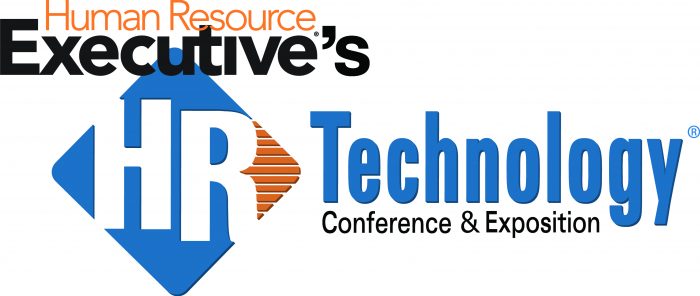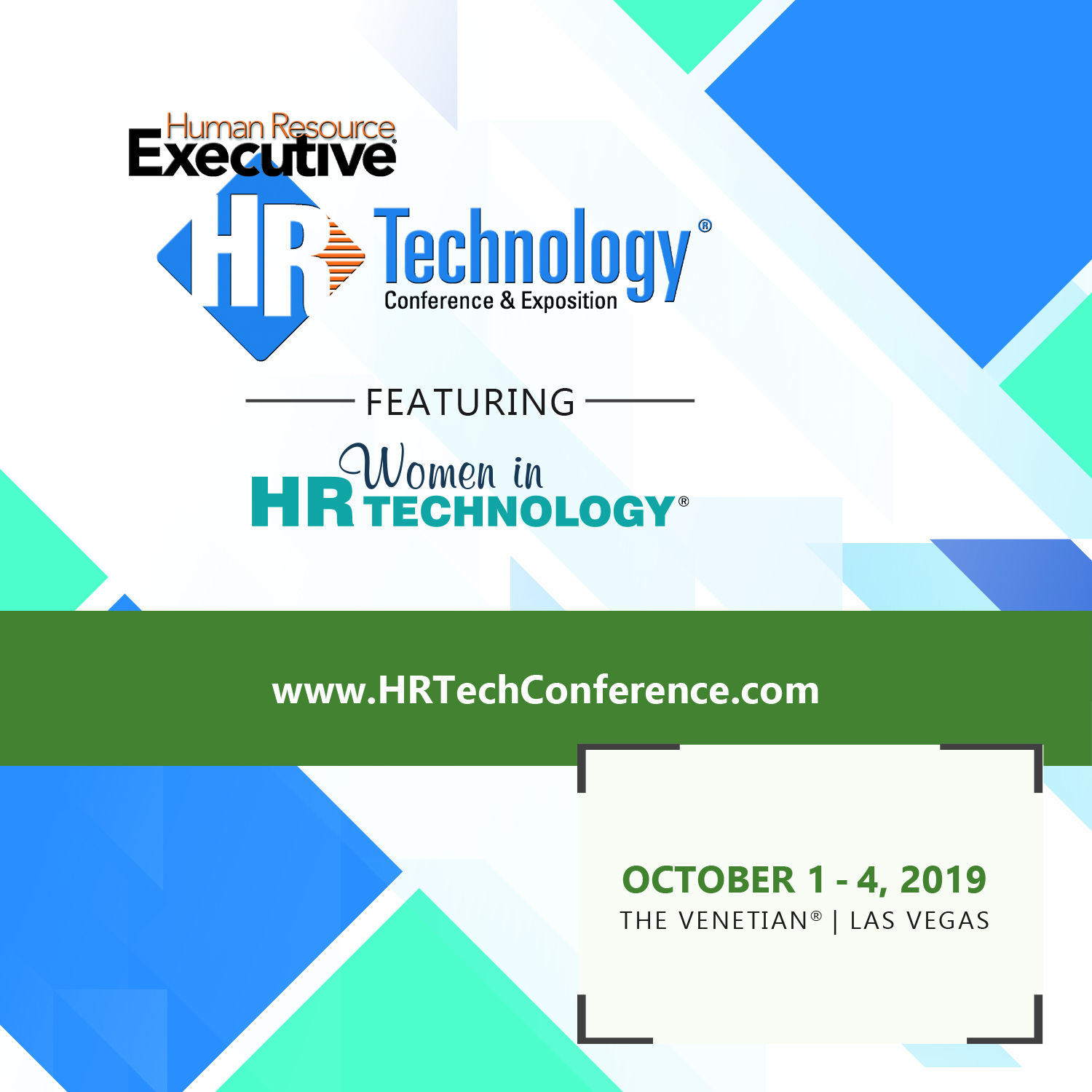Over the weekend I found my way, (don't ask how), to the transcript of a 1998 talk given by the late author Neil Postman, ('Amusing Ourselves to Death, 'Technology: The Surrender of Culture to Technology' and others).
In the talk, titled 'Five Things We Need to Know About Technological Change', Postman runs down how he saw advances in technology, (computers, cars, planes, medical devices, etc.), impacting people, society, work, and even technologies coming next. It is an incredibly interesting, and I think prescient, take on how technology disperses across the population, influences our behaviors, and changes, well, almost everything. And what was just as interesting to me was the fact that much of Postman's thinking and work about the impact of technological change was done between 20 and 30 years ago.
I definitely recommend reading the text of the full talk, (link here), but in case you don't have the time, here are the five main points Postman made on technological change (with a little bit of commentary and perhaps an update for 2018 from me).
Point 1 - Culture Always Pays a Price for Technology
In this point Postman was essentially stating that every technological advance is accompanied by some negative repercussions and impacts. He wanted us to make sure we did not only focus on a new technology's advantages and gave equal attention to its inherent disadvantages. Postman was specifically talking about computers here, but in 2018 the obvious example would be social media - Facebook, Instagram, etc. For all the benefits of these platforms the negative consequences have to also be considered.
Point 2 - There Are Always Winners and Losers in Technological Change
Postman states "The advantages and disadvantages of new technologies are never distributed evenly among the population. This means that every new technology benefits some and harms others. There are even some who are not affected at all."
Everyone's experience with new technology is unique. And some technologies are going to harm or displace or even render non-essential people and jobs that a particular technology disrupts. And of course some people are going to benefit from that disruption. We are cognizant of this, just think about how many 'robots are going to take the jobs away' articles you see, but at the same time we're not sure how it will indeed play out.
Point 3 - Every Technology Has a Philosophy Which is Given Expression in How the Technology Makes People User Their Minds
There was actually a little more to this point, but you can read the entire talk for the additional context. But Postman was basically saying that every technology has a kind of predisposition, or that proponents of a given technology are often predisposed to think a certain way. For 'tech' people, every problem is one of data, analysis, algorithms, etc., and they can have a tendency to think about the world and its problems as simply data challenges. The drawback of this approach is to limit the importance and influence, (or to ignore altogether), human factors like emotion, judgment, even empathy. We have to always be mindful of how our chosen technologies shape and inform our thinking.
Point 4 - Technological Change is Not Additive, it is Ecological
This point is perhaps Postman's most intriguing idea about technological change. He makes the point using an analogy of placing a drop of red dye into a beaker of water. Soon, the entire beaker of water takes on a subtle shift from clear to light red. Every part of the water has been changed by the one drop of dye.
Extending the analogy to business-driven technology change, Postman suggests that the modern-day technology business innovators, (Gates, Musk, Zuckerberg, etc.), are effectively creating massive changes in how people and businesses interact with technology, and like the red dye doesn't care that is changing the entirety of the water, these tech leaders don't care about the massive changes their technologies are driving. Postman cautions us back in 1998 about this phenomenon and in 2018 I don't think we have to be reminded about the potential for negative effects in society of too much power and influence accruing to a small group of technology titans.
Point 5 - Technology Tends to Become 'Mythic'
By 'mythic' Postman means that once technologies achieve a level of adoption, we, (especially newer generations), forget that these technologies were actually invented by someone, and at a particular place and time. The internet did not always exist. Neither did texting or Tweeting or having GPS on our phones at all times. The caution of this mythic status, argues Postman, is that once these technologies become an essential and inherent element of our lives they are exceedingly difficult to change. Postman uses the example of television in his talk, but in 2018 we could easily think about how much people would revolt if changes were suggested to social media or mobile phones. What if Facebook decided to limit your time on the platform to 10 minutes a day? Most of us would be better off, probably, but we would never let it happen.
Really interesting observations, and probably perhaps a little ahead of their time as well. While in 1998 when this talk was given society had seen and was seeing some pretty dramatic advances in technology, and the rate of mainstream or widespread technology adoption was accelerating, it is probably safe to say that now, 20 years later, these kinds of advances are even more dramatic and important.
Have a great week!


 Steve
Steve

